Chapter 17, Abstraction: How Great Artists Use It
From my upcoming new edition of The Art Studio Companion
125 Rembrandt, The 100 Guilder Print, 1647-49, etching. WC.
In this study, we see how Rembrandt and other artists grouped things through abstraction to create dramatic compositions.
Abstraction is one of the most important tools in an artist's arsenal, as it enables the grouping of visual information into a cohesive whole, allowing viewers to perceive the larger picture while still noticing relevant details.
Rembrandt skillfully employs abstraction through light and shadow, massing people and settings into abstract shapes that also rotate in space. For example, in the green-outlined shape, our eye is drawn to several people grouped into a swirl of light that points towards Christ. By bathing this abstract shape in intense light, Rembrandt metaphorically suggests that this group is enlightened or receiving divine light.
126 Rembrandt. With my markup. Group of figures in the light.
127 Rembrandt. With my markup. Abstract shape of the dark areas.
In contrast, the background is predominantly cast in a large shadow, creating a sense of depth and emptiness, which stands in poignant contrast to the areas filled with people in light.
Additionally, through Rembrandt’s use of abstraction, we can calmly glance and take in an extraordinarily complex scene. Without his abstraction of groups, we would simply be overwhelmed by all the people and information; it would be like being jostled by a chaotic crowd.
A Postmodern Pigeon
A good contrast to Kline's abstract piece is my pastel drawing titled The Critic, where two large cast shadows boldly wedge the lightfall on the ground, the doorway, and the wall. The fundamental difference lies in my use of abstraction to intensify and powerfully stylize reality and the play of light. Unfortunately, while working on this piece, I found myself seated underneath the postmodern pigeon's ledge, and she, evidently unimpressed, decided to express her opinion by leaving her mark.
129 Newberry, The Critic, Rhodes, 1994, pastel, 25x19”.
130 Monet, Morning on the Seine, near Giverny, 1896. www.mfa.org.
Monet, too, demonstrates the beauty of abstraction by capturing the pink sunset, turquoise shadows, and their reflections in the water. An image of Monet's Poplars reveals the gestural abstract shape created by the 'S' curve of the poplars.
131 Monet, Poplars on the River Epte. 1891. WC.
132 Rembrandt, The Philosopher in Meditation, 1632. www.artchive.com.
Interestingly, the curve of the poplars shares a resemblance with the staircase in Rembrandt's painting, suggesting that Rembrandt may have accentuated the staircase not only as a major abstract shape but also as a metaphor for learning and progression.
Abstraction is a great visual tool for how we organize, perceive, and interpret reality. By examining the works of Rembrandt and Monet, we witness the transformative power of abstraction. They excelled in using it to create compelling compositions that invite us to delve deeper into their artworks.
Practice
As always, it is crucial to reinforce your understanding through practice. Create three compositional studies of real scenes, focusing on dividing light areas, dark areas, and objects into groups rather than detailed elements. Afterward, crop each composition to ensure a balanced arrangement of big shapes. These studies will serve as excellent starting points for future projects.
[1] The term "floating abstraction" originated from philosopher Ayn Rand's Objectivist philosophy. In Objectivism, a floating abstraction refers to a concept that is detached from reality or concrete referents. It's an abstraction that doesn't have a clear, specific basis in observable facts or reality.


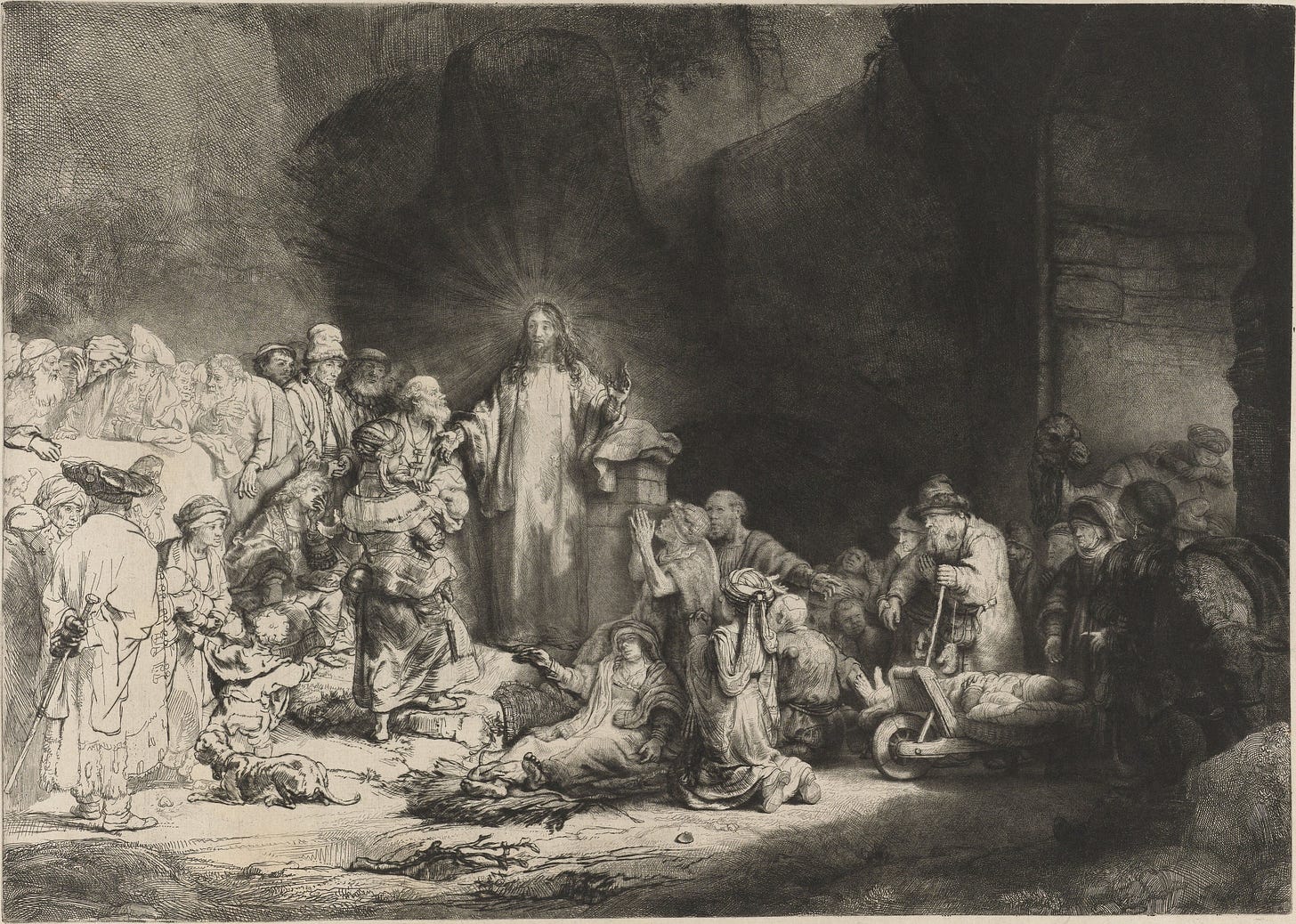
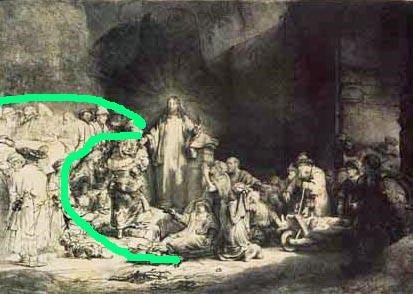
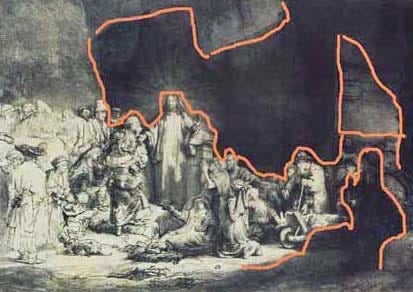
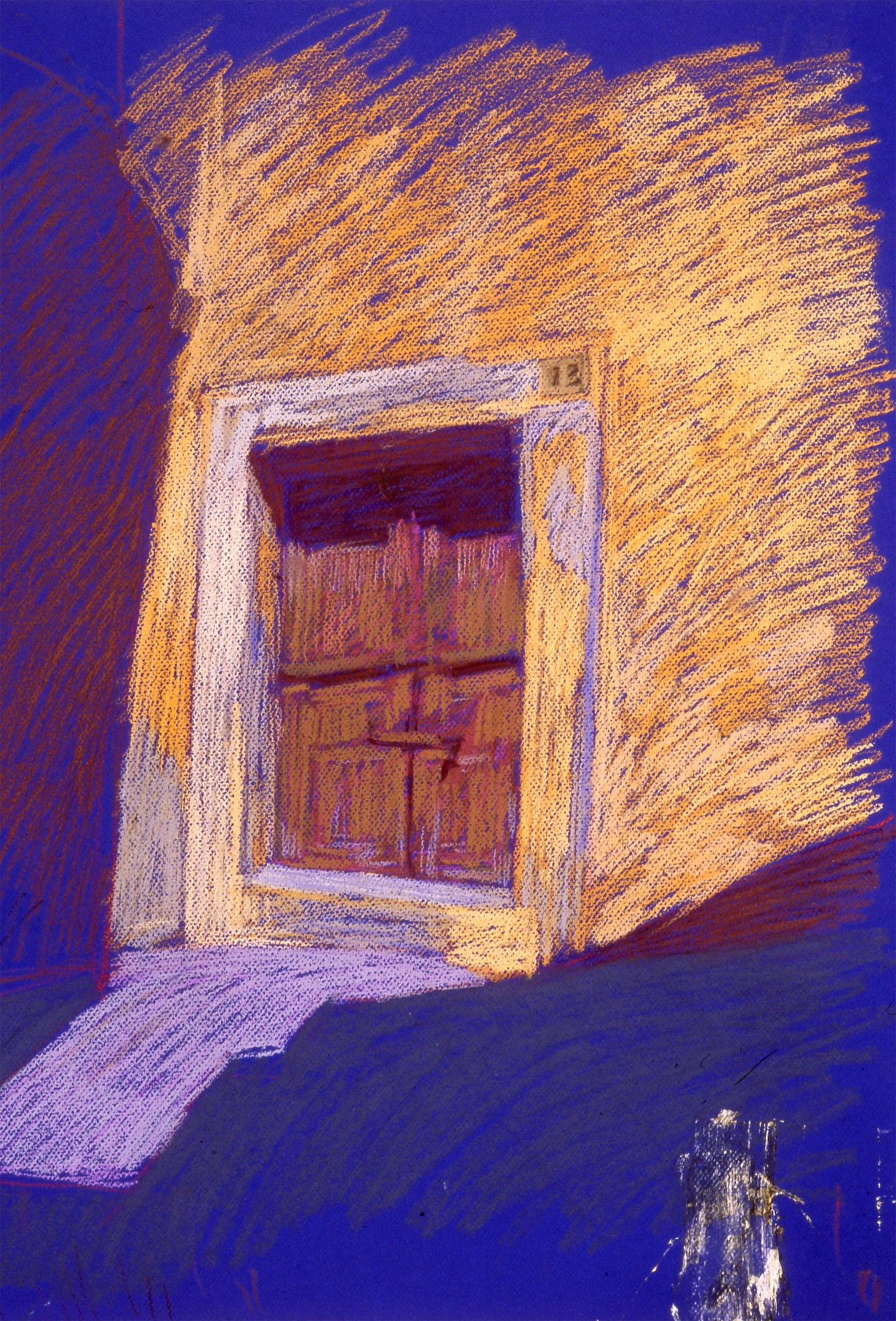
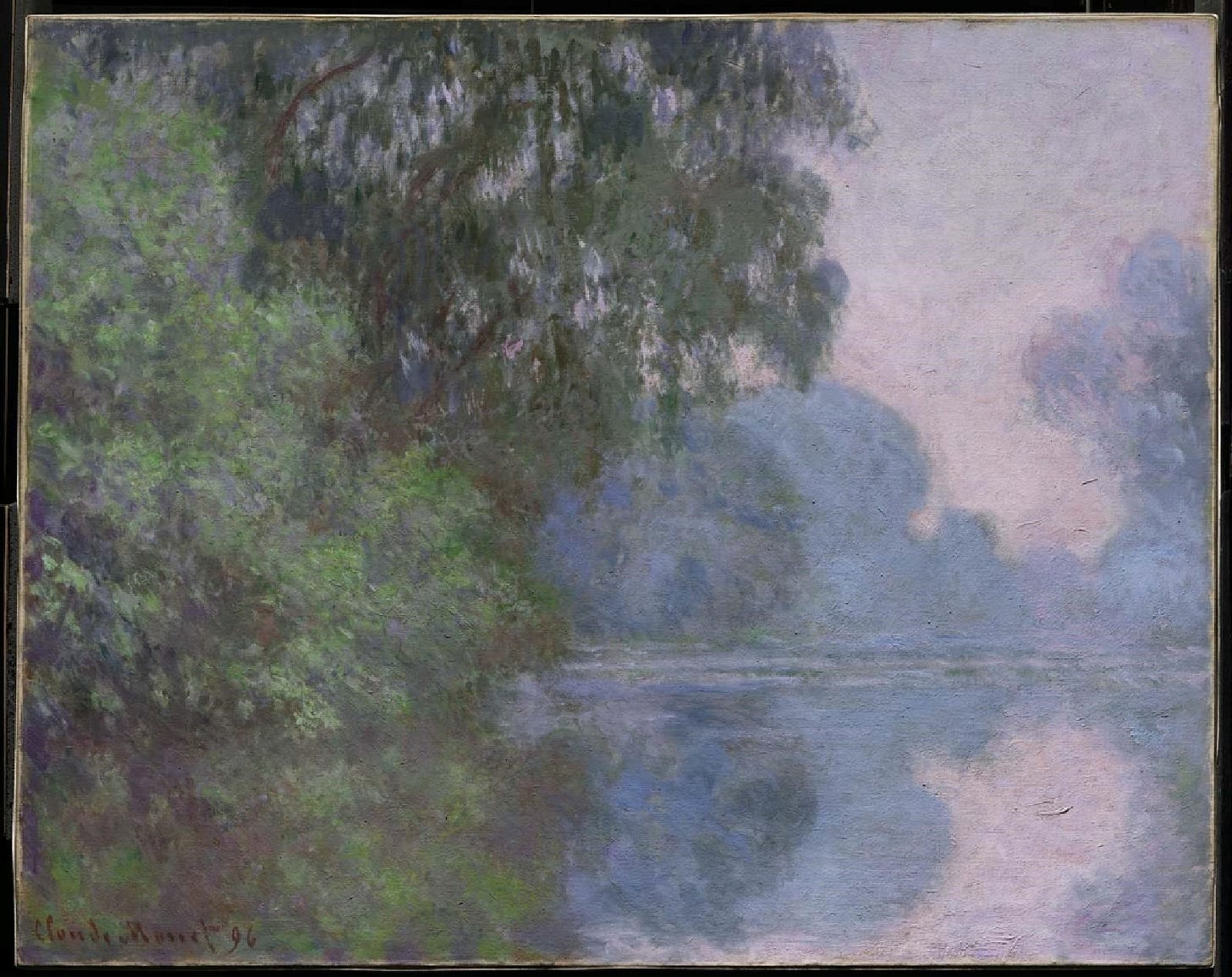


What is Abstraction?
Michael, I agree with your presentations of the meanings of the visually consolidated shapes and structures in all your examples but I'm troubled by your adoption of the term "abstraction" to identify them. This may be the result of my understanding the concept of abstraction to be primarily the one associated with it's etymology as a "taking away". This root concept of abstraction identifies properties or qualities of concrete things, then in consciousness isolates them from multiple sources and combines them into a category of some kind. Thus in music the abstraction of musical "key" isolates the pitches of the notes and combines them into a sequence that indicates the primary major or minor scale they imply and names the key from the name of the tonic note of that scale.
In drawing, the abstraction "edge" isolates the boundaries between concrete objects, whether two dimensional like the boundaries of floor tiles or three dimensional like the boundary of an arm and the wall behind it and combines these boundaries into a structure of marks called lines that together form what is known as a contour drawing. All drawings are abstractions because the boundary edges from a given point of view are "taken away" from the observed (or imagined) concrete reality and form an abstraction that stands for or represents the original concrete whole.
Similarly, in a modeled-forms charcoal drawing, the intensity of the reflected light is abstracted from the three-dimensional concrete forms being drawn, ignoring the hues and color saturations that may be visible and possibly even suppressing the tendency to render edges between two objects at different depths that happen to reflect the same intensity of light.
I suspect your definition of abstraction comes from its use in the art world to identify the nature of paintings, starting mainly in the nineteenth century where abstraction began to suppress more than the tendency to render edges, for example. It suppressed the tendency to render three dimensional forms as well, as in the impressionist rendering of reflected light as modular areas of color, rather than (as was traditional) visually continuous areas with edges calling attention to the boundaries not between colors, but between forms.
I don't need to (though it might be interesting to) follow the history of abstraction in art step-by-step so let's jump to the abstractions of Franz Kline. What is taken away is not taken away from concrete reality at all, except in the derivative sense in which Kline adopts the bravura style of brushwork found in (close-up views from) the paintings of Velasquez and other painterly artists and the gestural expressiveness of various styles of calligraphy. It is painting abstracted from the concretes known as paintings. There is much to be said - and enjoyed - about compositions, push and pull, positive and negative space, dynamic symmetry, and so on, all of which are abstractions from the concretes that are other artworks. What is suppressed, of course, is (real or imagined) objective reality.
So have I now arrived at what Newberry means by abstraction?: The "taking away" from a work of art _any_ of those elements that distinguish it from the concrete reality on which it is based and which the artwork (in various ways) represents. How am I doing? What _is_ Newberry's definition of abstraction?
So interesting! Thank you for breaking down and investigating the use of abstraction!